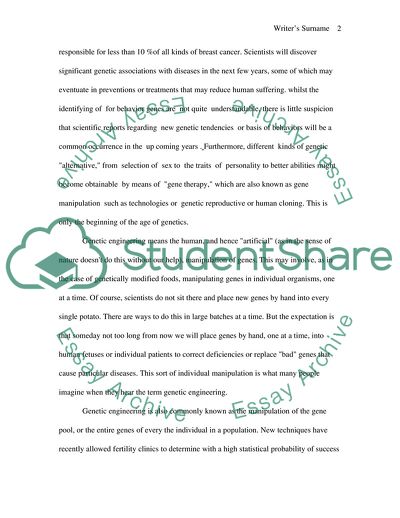Cite this document
(The Theme of Gene Manipulation in Literature Term Paper, n.d.)
The Theme of Gene Manipulation in Literature Term Paper. Retrieved from https://studentshare.org/literature/1713763-gene-manipultian
The Theme of Gene Manipulation in Literature Term Paper. Retrieved from https://studentshare.org/literature/1713763-gene-manipultian
(The Theme of Gene Manipulation in Literature Term Paper)
The Theme of Gene Manipulation in Literature Term Paper. https://studentshare.org/literature/1713763-gene-manipultian.
The Theme of Gene Manipulation in Literature Term Paper. https://studentshare.org/literature/1713763-gene-manipultian.
“The Theme of Gene Manipulation in Literature Term Paper”. https://studentshare.org/literature/1713763-gene-manipultian.


